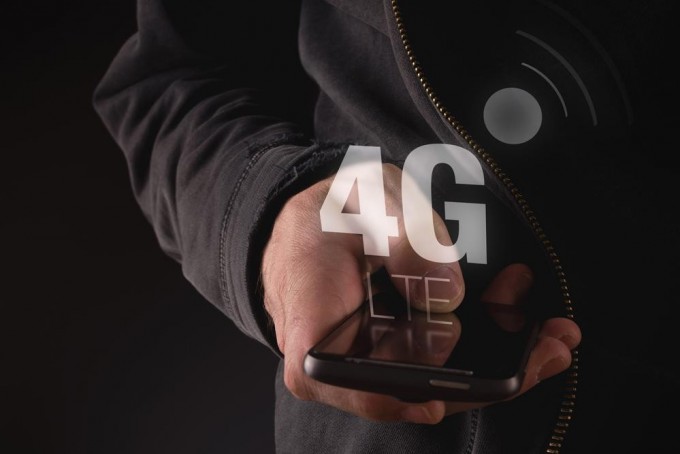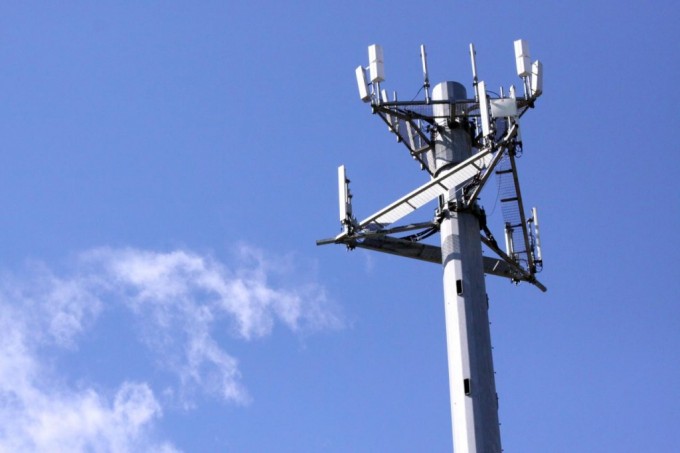
LTE, or Long Term Evolution, has stood at the forefront of mobile technology over the past few years. It’s the natural progression as the fourth generation of technology, moving on from 1G, 2G, and 3G. Global carriers have upgraded their networks to LTE, or are in the process of doing so. However, what changes does LTE bring about for the average user? Are there benefits to pushing this mobile technology forward, or are there drawbacks? Here’s a closer look at LTE’s real-life benefits.
What LTE Offers

WHAT’S THE DIFFERENCE BETWEEN 4G AND LTE?
The difference between 3G and 4G LTE is similar to what we’ve already experienced in the jump from 2G to 3G. We’ve gone from slow, dial-up services to fast broadband connectivity. With LTE, you can now swiftly access mixed media from any device, whether you want to stream a TV show or download an album. Mobile gaming, banking, and app design has all grown in leaps and bounds to match these improved connection speeds, which has transformed our mobile experience. Both upload and download speeds have been increased significantly with LTE.
Another factor to consider is the fact that LTE can turn calls into digital data, sending them over the networks in packets. This helps improve call quality. Rather than traditional circuit-based calls, you can place calls with packet voice. This has a major bearing on network capacity, which makes a world of difference on crowded networks. LTE is able to re-allocate bandwidth as needed to support a high volume of callers, unlike a 3G network.
Benefits of LTE

ExtremeTech explains: What is LTE?
An advantage of the latest LTE evolution is the fact that it can decrease network traffic, by receiving and sending data at a faster rate. An increased volume of users are able to access the same frequency, which is essential today with the number of people connected to smart devices. VoIP and VoLTE services are able to improve call quality and reduce international calling costs, while faster download and upload speeds enable streaming and mobile banking. Theoretically, speeds provided by LTE could reach upload limits of 50 Mbps, compared to as little as 256 Kbps for 3G. When it comes to downloading, times could be even faster at an estimated 100 Mbps. With these types of speeds, application developers have more options to play around with. They have the ability to create more nuanced, layered apps with higher volumes of data. Overall, this translates to a far better user experience.
The Next Generation

What is 5G? 5G vs 4G and the future of mobile networks
With LTE barely off the ground, network operators are already looking forward to the next generation of connectivity, which will be 5G. This will provide unprecedented connection speeds and full connectivity which will help build the growth of the Internet of Things around us. While as yet how this will work is unknown, for now users can enjoy all of the benefits that LTE’s speed and reliability already gives us.
Overall, there are a number of reasons as a consumer to get excited about LTE. Improved call quality, fast upload and download speeds, and better app design are just a few.




